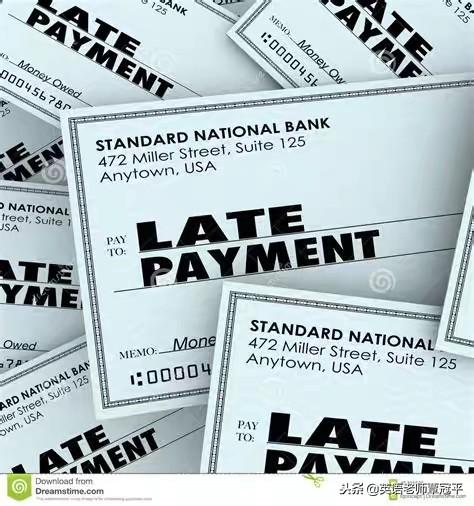## Direct Unsubsidized Loan vs Subsidized Loan: Which One is Right for You?
When it comes to financing your education, understanding the differences between a **direct unsubsidized loan** and a **subsidized loan** can make a signifi……
When it comes to financing your education, understanding the differences between a **direct unsubsidized loan** and a **subsidized loan** can make a significant impact on your financial future. Both options are designed to help students cover the costs of higher education, but they come with distinct features that can affect your overall borrowing experience. In this article, we’ll explore the key differences, benefits, and considerations for each type of loan, helping you make an informed decision.
### Understanding Direct Unsubsidized Loans
A **direct unsubsidized loan** is a federal student loan that is available to both undergraduate and graduate students. Unlike subsidized loans, eligibility for unsubsidized loans is not based on financial need. This means that any student can apply for a direct unsubsidized loan regardless of their financial situation.
One of the main characteristics of direct unsubsidized loans is that interest begins accruing as soon as the loan is disbursed. This means that even while you are in school, the interest will accumulate, and you will be responsible for paying it back once you enter repayment. This can lead to a higher total repayment amount compared to subsidized loans, making it essential to understand the long-term implications of borrowing.
### Exploring Subsidized Loans

On the other hand, a **subsidized loan** is specifically designed for undergraduate students who demonstrate financial need. The key benefit of subsidized loans is that the federal government pays the interest while you are in school at least half-time, during the grace period, and during deferment periods. This can significantly reduce the overall cost of borrowing, making it a more attractive option for students who qualify.
To be eligible for a subsidized loan, you must complete the Free Application for Federal Student Aid (FAFSA) and demonstrate financial need based on your family’s income. This makes subsidized loans a valuable resource for students who may struggle to afford college expenses without financial assistance.
### Key Differences Between Direct Unsubsidized Loans and Subsidized Loans
1. **Eligibility**: Direct unsubsidized loans are available to all students, while subsidized loans are reserved for those who demonstrate financial need.

2. **Interest Accrual**: Interest on unsubsidized loans begins accruing immediately, whereas subsidized loans do not accumulate interest while you are in school.
3. **Repayment Amount**: Due to the interest that accrues on unsubsidized loans from the start, borrowers may end up paying significantly more over the life of the loan compared to subsidized loans.
### Making the Right Choice for Your Education Funding
Choosing between a **direct unsubsidized loan** and a **subsidized loan** requires careful consideration of your financial situation, educational goals, and repayment plans. If you qualify for subsidized loans, they may be the more cost-effective option. However, if you do not meet the eligibility criteria, direct unsubsidized loans can still provide the necessary funding to help you achieve your academic aspirations.

Ultimately, understanding the nuances of these loan types can empower you to make a decision that aligns with your financial goals. Be sure to consult with your school’s financial aid office for personalized advice and to explore all available funding options. By making informed choices, you can set yourself up for a successful and financially stable future.